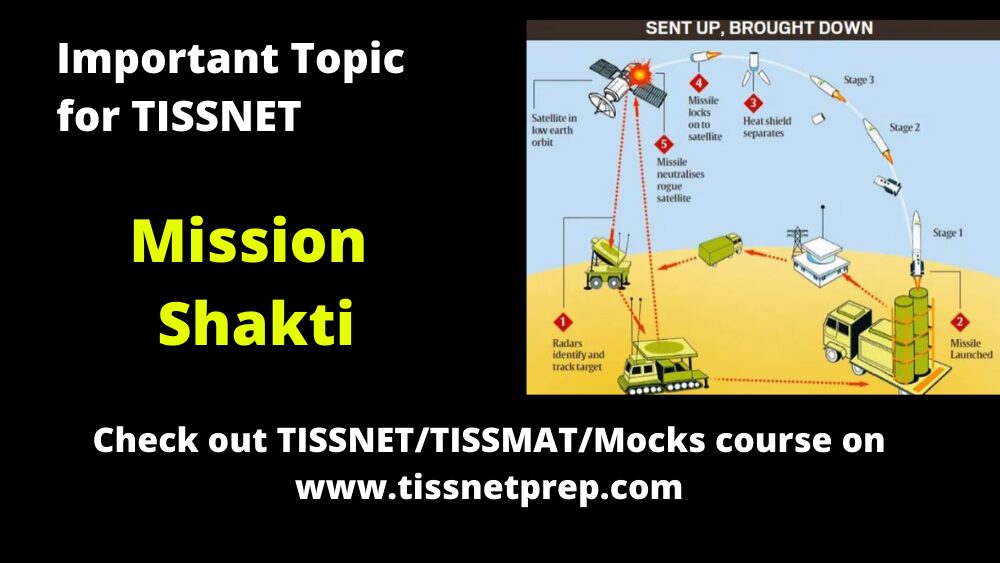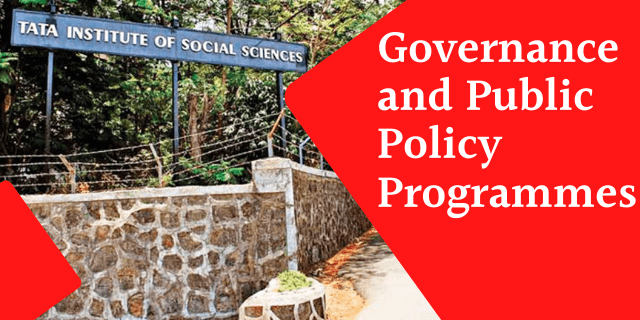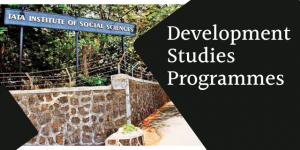Why in news?
On March 27, 2019, India tested its first anti-satellite (ASAT) missile as part of ‘Mission Shakti’ against a “live” satellite launched by it a few months earlier.
Background
- An anti-satellite weapon is anything that destroys or physically damages or incapacitates a satellite for strategic military purposes. Only the United States, Russia, China, and now India have demonstrated this capability successfully.
- India’s Defence Research and Development Organisation acknowledged publicly in April 2012 that India possessed the critical technologies for an ASAT weapon from radars and interceptors developed for Indian Ballistic Missile Defence Programme
- Mission Shakti is India’s response to the potent case of future weaponization of space, where enemy nation can indulge in space war to disrupt critical infrastructure of the nation.
- India’s entry in the elite group- India is only the 4th country to acquire such a specialised and modern capability. The use of ASAT is seen as crossing new frontier just like India’s 1998 nuclear tests.
- Entire effort is indigenous- by the Indian scientists in the DRDO. It adds to India’s credentials, given that for many decades India was kept away from acquiring key technologies, forcing the country to develop its own space and nuclear capabilities.
- Addressed the concerns of Space Debris- DRDO has said that all the debris of India’s ASAT will decay in 45 days
- Test done before any kind of international sanctions come in place- as UN General Assembly is trying to bring about an international legally binding document on the prevention of an arms race in outer space that would include the prevention of placement of weapons in outer space among other thing (PAROS).
- Did not invite international criticism- as major countries expressed symbolic concern, without severe criticism. In contrast, the Chinese test in 2007 provoked international ire because it destroyed a satellite. The act violated the principles of the Outer Space Treaty. This is not the case with India.
- Won’t impact other strategic interests- e.g. it will not have any effect on India’s status in the MTCR (Missile Technology Control Regime) or other such treaties. Is India entering into an arms race in the outer space
- India also supported UNGA resolution 69/32 on No First Placement of Weapons on Outer Space. • India supports the substantive consideration of the issue of Prevention of an Arms Race in Outer Space (PAROS) in the Conference on Disarmament where it has been on the agenda since 1982.
- India expects to play a role in the future in the drafting of international law on prevention of an arms race in outer space including inter alia on the prevention of the placement of weapons in outer space in its capacity as a major space faring nation with proven space technology Way Forward .

















